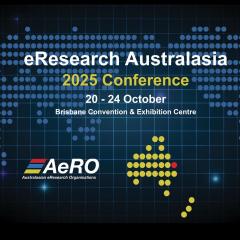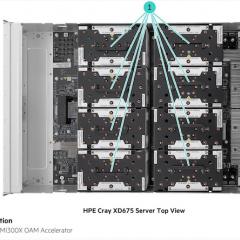
University of Queensland researcher Dr Baris Demir enjoyed his use of high-performance computer Tinaroo so much he visited its namesake, Lake Tinaroo in northern Queensland, in June this year.
RCC has a naming protocol for some of its HPCs based on Queensland lakes, hence Tinaroo and Awoonga, and past HPCs Euramoo and Barrine.
Baris, a Postdoctoral Research Fellow in Professor Debra Bernhardt’s Group within UQ’s Australian Institute for Bioengineering and Nanotechnology (AIBN), uses Tinaroo to run parallel molecular dynamics simulations to understand solid polymer electrolytes.
“Structural electrolytes have both mechanical strength and ionic conductivity that make them attractive for applications in electrochemical devices and supercapacitors,” said Baris.
Supercapacitors are used for energy storage in vehicles and many other machines, such as elevators and defibrillators.
“Our computational protocol provides a platform to elucidate the molecular-level interactions between epoxy polymers and ionic liquids, leading to an enhanced understanding of the multi-functional solid polymer electrolytes and enabling their development to meet future demands for energy storage devices,” he said.
Baris likes Tinaroo as it is exclusively for UQ researchers to use.
“Firstly, Tinaroo helped me save time as the queuing time is relatively short. Secondly, I could run many long simulations to fully grasp the dynamics of solid polymer electrolytes.”
As a UQ resource, RCC has the ability to prioritise projects on Tinaroo that have demanding deadlines.
When faced with some features he needed not being available in the default software version installed on Tinaroo, the RCC Support Desk helped Baris recompile the software with the functionalities he required.
“RCC Support Desk has always been available for researchers and taken fast action to help support UQ researchers,” Baris said.
With Tinaroo, complex workflows can be split across cloud computer QRIScloud and other supercomputers, such as RCC’s Wiener without the need to move data.
Tinaroo is tailored for UQ and integrated into UQ Library’s Research Data Manager (UQRDM) system, the MeDiCI data fabric and local scientific instruments on the University’s 100 GB network. This means data flows easily and freely without much effort on the part of the researcher.
Baris is also a fan of UQRDM, which provides the UQ research community with a collaborative, safe and secure large-scale storage facility to practice good stewardship of research data.
“UQRDM is a perfect place for computational scientists to store their simulation outputs for future analysis,” he said.
“The trajectories, the output of our simulations, are massive files and have to be stored in a physical place. UQRDM enables us to store all the simulation files and easily reach them anytime we need to process them.”
A paper based on Baris’s research was published in the journal Macromolecules on 11 September 2020.
He continues to use Tinaroo and to travel around Queensland on his days off.



